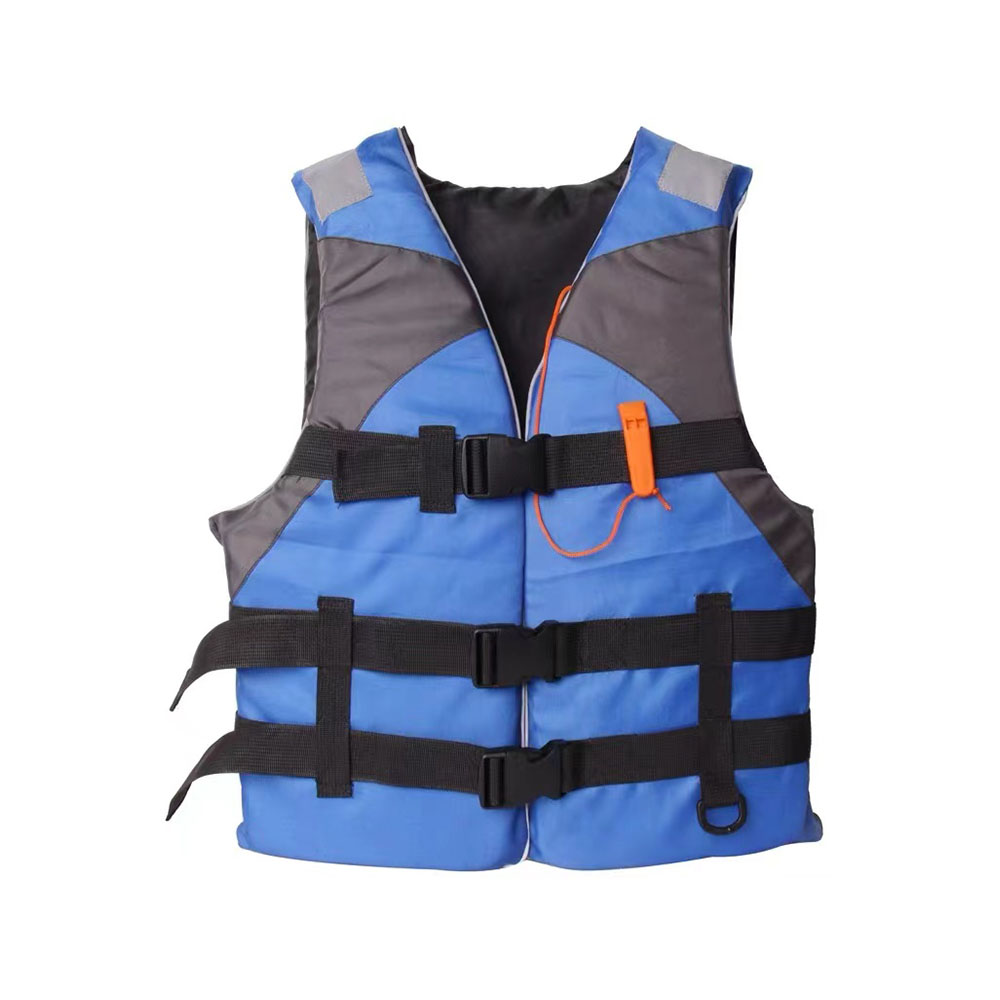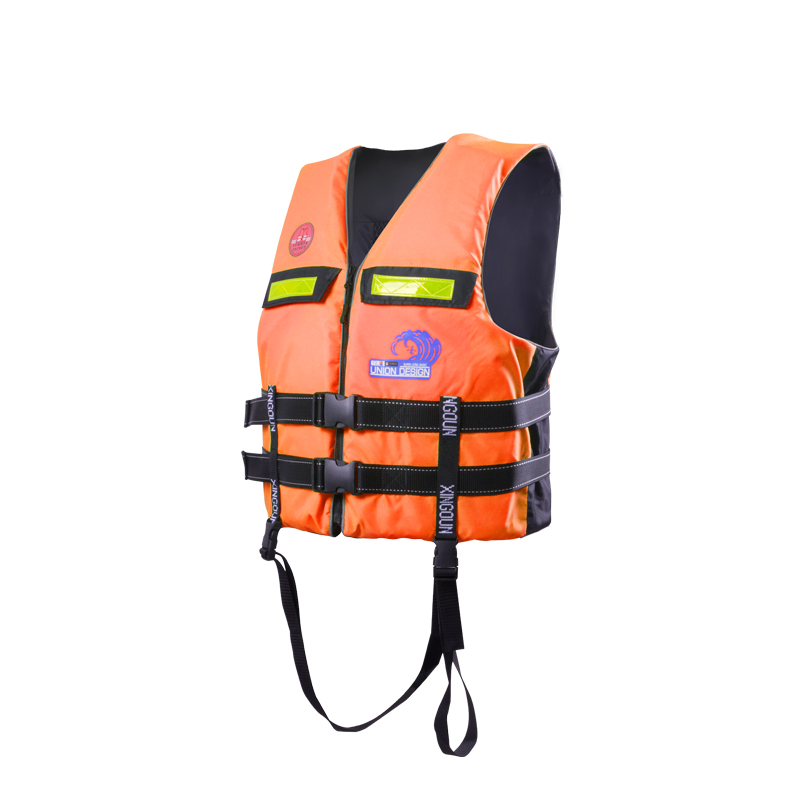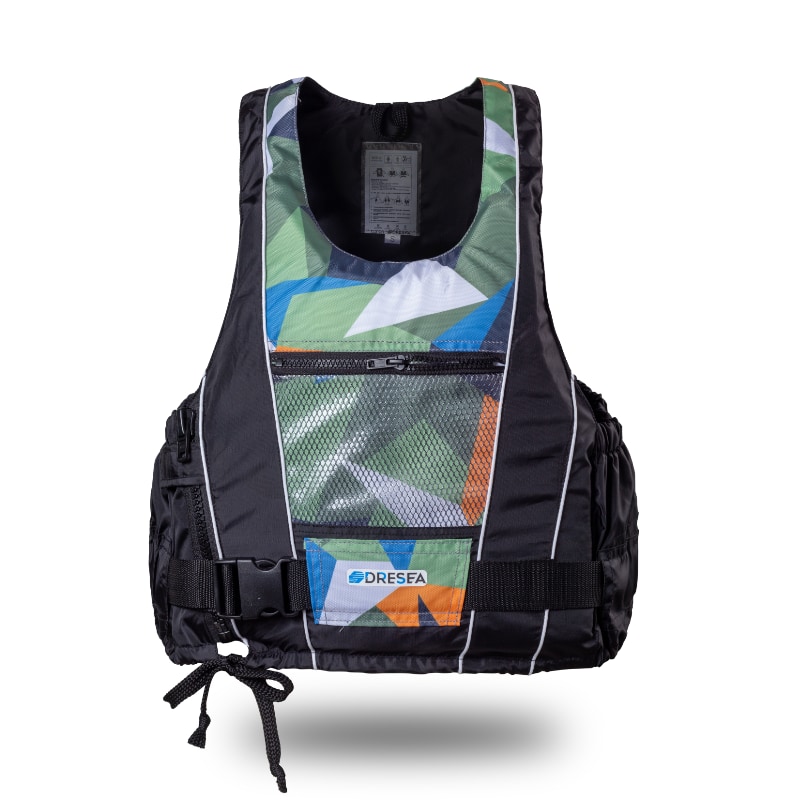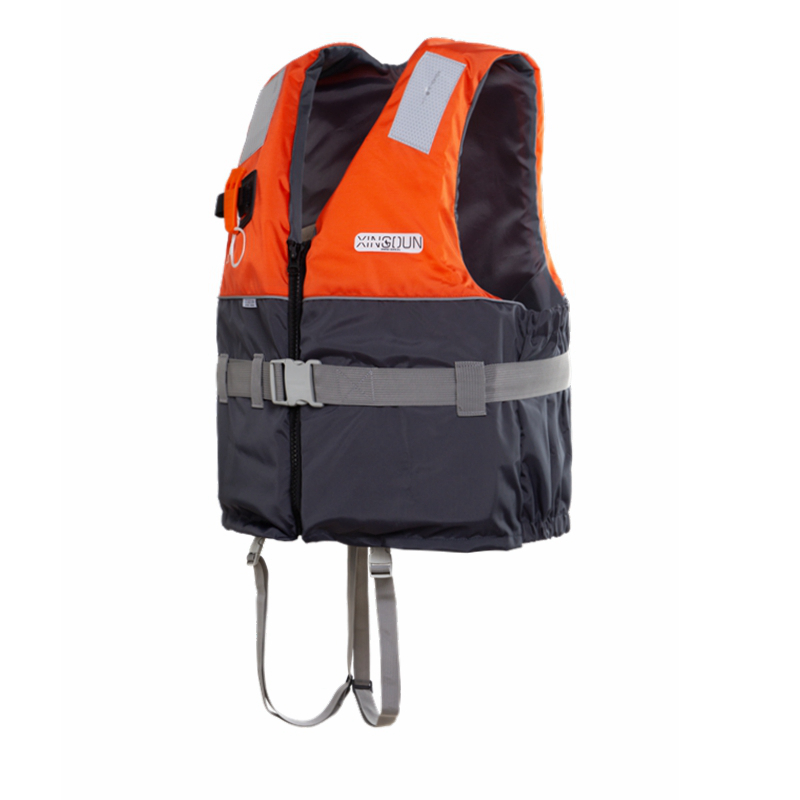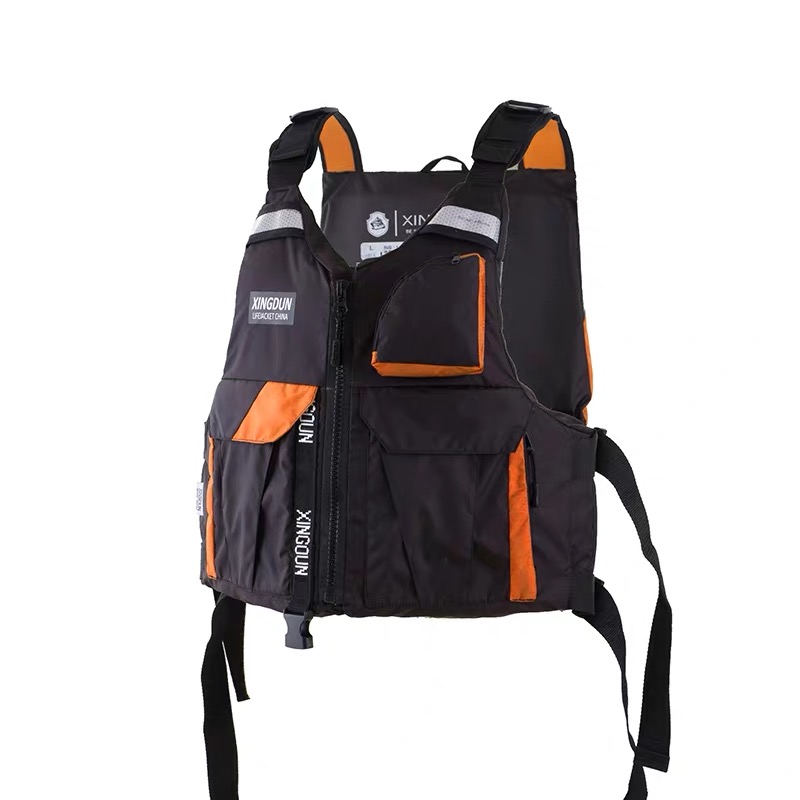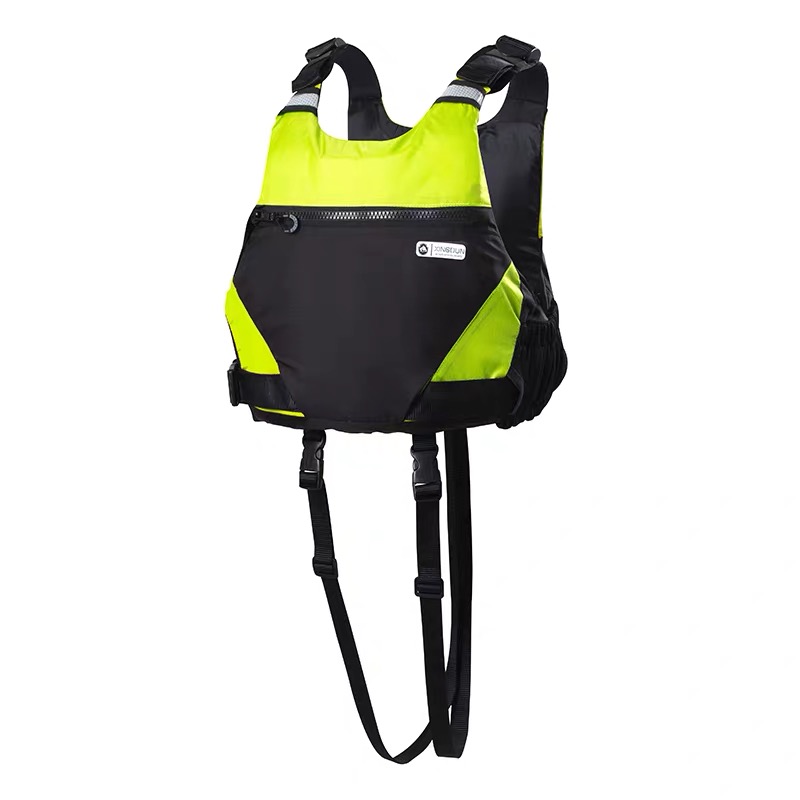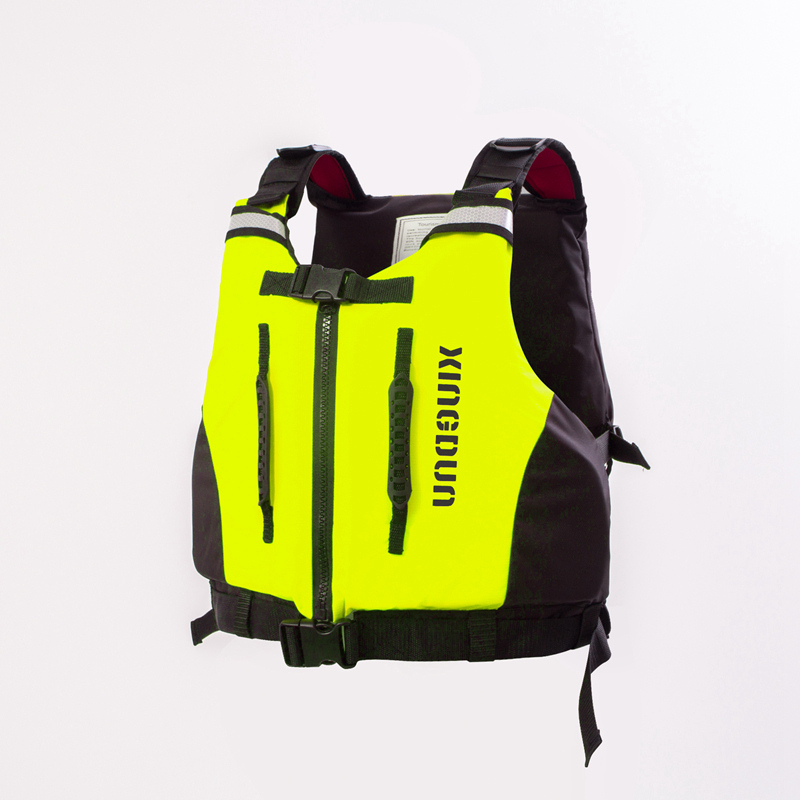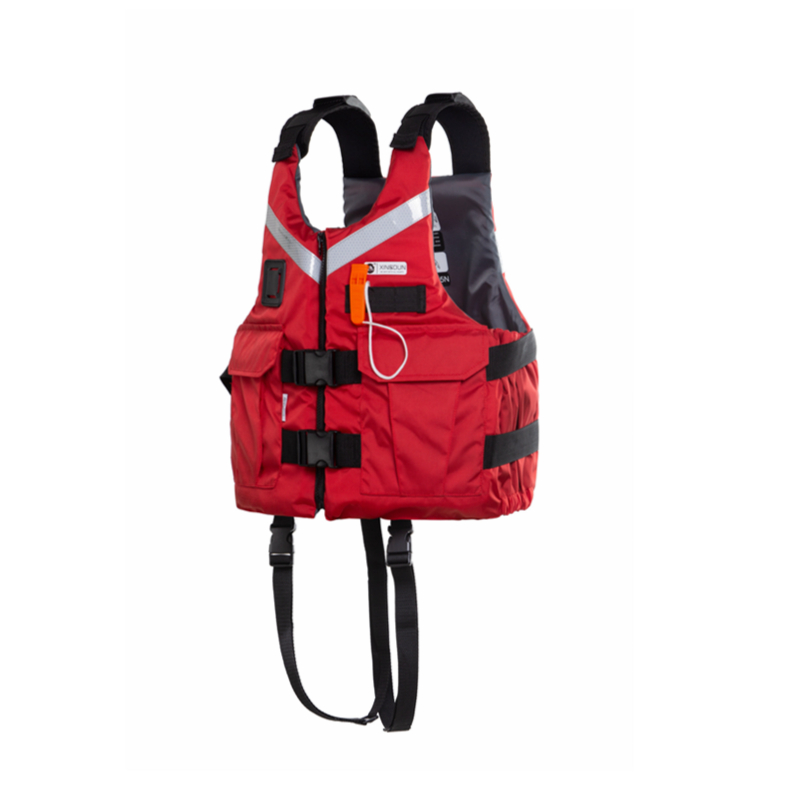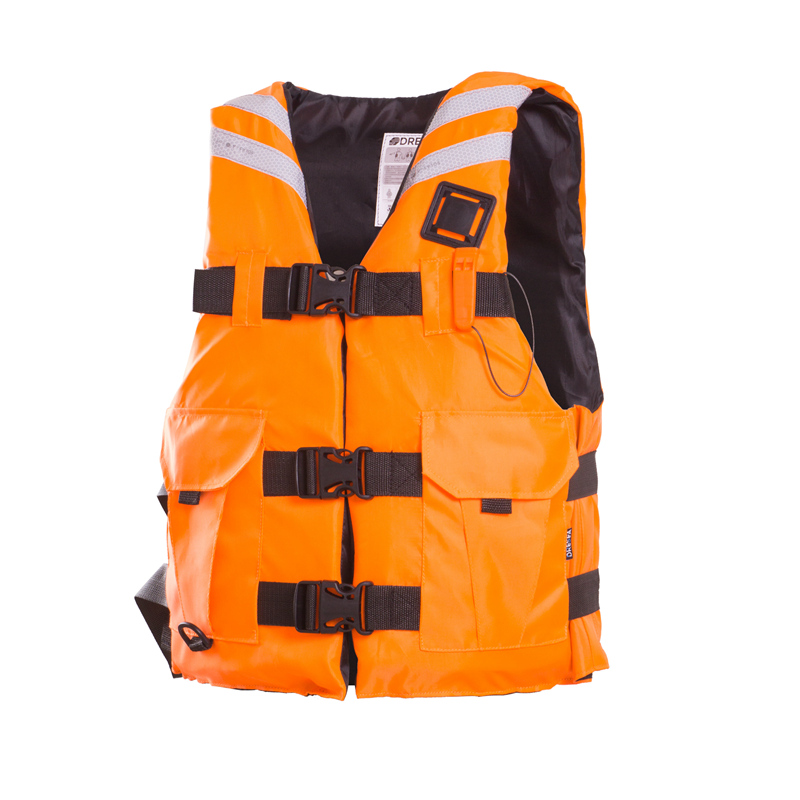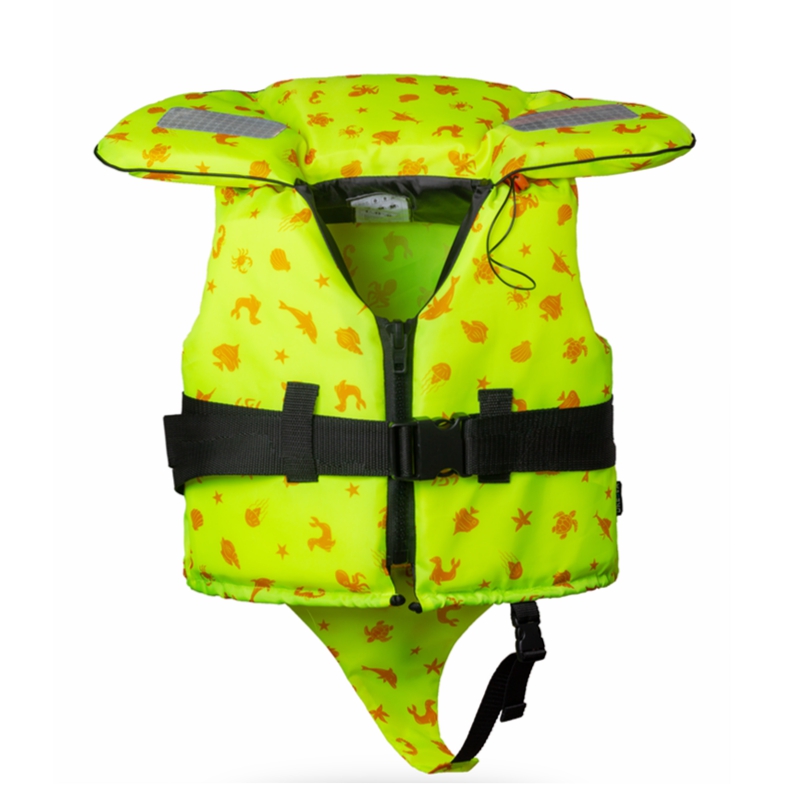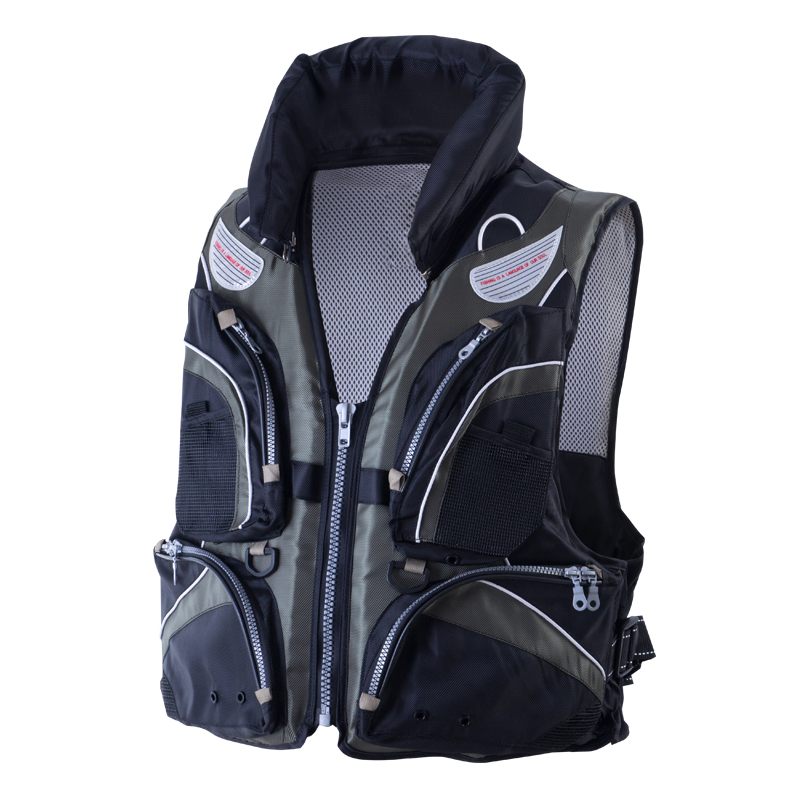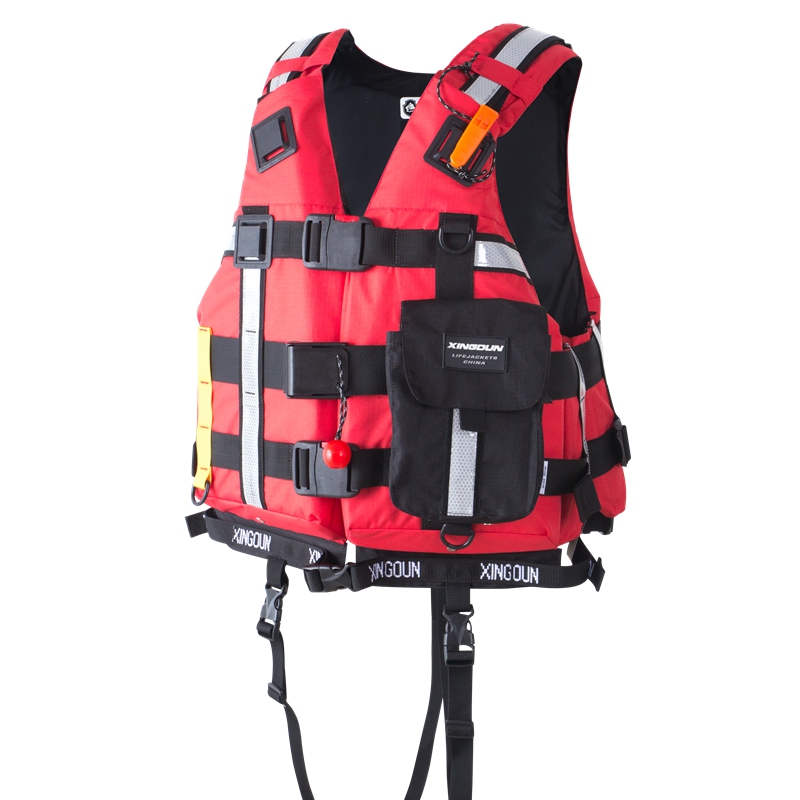Foam Life Jacket
Foam life jacket is a safety device designed to keep somebody’s nose and mouth above water when someone falls overboard.
Foam life jackets can protect people who are unconscious, injured, or fatigued, preventing them from slipping underwater and drowning while they wait for rescue.
Our foam life jackets are CE approved, with nice design and high quality.
Foam Life Jacket Types
Foam Life Jacket – The Ultimate FAQ Guide
Welcome to the FAQ’s page for Foam Life Jackets. This article will answer all of your questions, queries, and inquiries about Foam Life Jackets.
In Today’s feature, you will be able to learn all about Foam Life Jacket, all of its kinds, the material it is made up of, its advantages, its feature and everything else you might want to know about them.
So, let’s get into it!
1. What Kind Of Foam Is Used In Foam Life Jacket?
The interior of the Foam Life Jacket is made up of three distinct categories: inflatable, inherently buoyant, and hybrid. For these jackets, the interior is made of plastic foam such as polyvinyl chloride or polyethene.
Although in the past, this was done using cork, balsa wood, or kapok, which comes from a tropical tree. The ‘naturally regenerative’ separation means that one does not have to do anything to activate flotation; these life-sustaining flotation jackets are built-in.
Inflatable life jackets, as you can probably guess, need to be filled with air. These types are filled with carbon dioxide that works in a few different ways. Finally, there are hybrid Foam Life Jackets options that include both natural and man-made inflation.
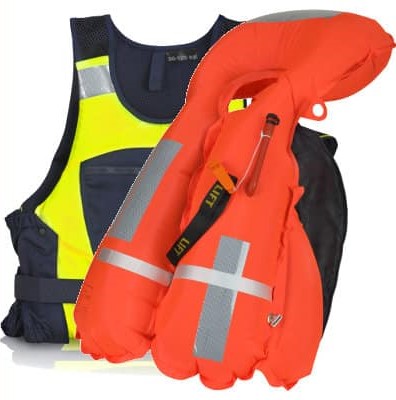
Figure No.1: Foam Life Jackets
2. Does Foam Life Jacket Expire?
Foam life jackets usually don’t expire so soon. You need to be careful about crushing it, though, so don’t use it as a kneepad, which can lead to lower buoyancy.
Although Foam Life Jackets don’t get damaged easily, if they get damaged, do not use them as this could compromise their flow or allow floats to escape.
If your life jacket has rips, tears, or bubbles that seem to have been reduced, it’s the right time for you to get a new one.
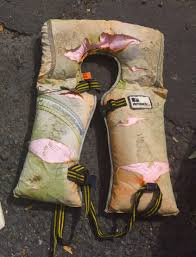
Figure No.2: A torn Life Jacket (expired)
3. Can You Drown With A Foam Life Jacket?
The Foam Life Jacket can completely help you float, but you may also drown while wearing it. This usually requires harsh water conditions, filters, or cold water.
The life jacket makes survival much easier for a person who ends up in water accidentally, but it does not ensure certain chances of survival 100%.
4. Why Foam Life Jacket Keep You Float In The Water?
Foam Life Jackets work with the principle of buoyancy, e.g. the amount of water that is removed from an object is equal to its weight. This means that when a person is in the water, the force of buoyancy is equal to the weight of the person.
The Foam Life Jacket, however, is made in lightweight foam that weighs less than the average human weight. As a result, when a person wears a Foam Life Jacket, the total weight is displaced by the water, and it is very small as compared to the individual’s weight, so the person floats.
5. How Long Can You Survive In Water With A Foam Life Jacket?
If you have a Foam Life Jacket that keeps you afloat, pulling your knees to your chest will help keep you warm and upon the surface of the water, but not for too long.
In warm water, with a wetsuit and foam life jacket, you can live up to three to five days.
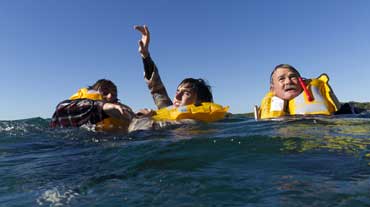
Figure No.3: People trying to swim and survive with the help of Foam Life Jackets
6. What Is The Difference Between A Foam Life Jacket And Pfd?
There are several variations that work between the two; PFDs are designed to help someone who is conscious (which is why they are often referred to as ‘Buoyancy Aids’), and while life jackets can best support those who are unconscious.
The fact of the matter is the Foam Life Jackets, and the PFDs are actually designed for two different purposes. Paddleboarders, kayakers, and others who love water sports, for example, tend to rely on PFDs and rarely use life jackets.
But life jackets are popular in situations where, in the event of an accident or emergency, the wearers may find themselves in the water for a long time. As a safer option, they also rely on situations where the swimming ability of those who use it can be verified quickly or easily.
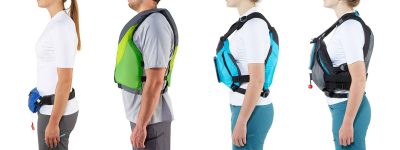
Figure No.4: Different types of PFDs
7. How Old Do You Have To Be To Not Wear A Foam Life Jacket?
Up to 16, it is compulsory to wear Foam Life Jackets for everyone. And after that, you are required by law to have a life jacket or PFD (Personal Flotation Device) onboard for each person on the watercraft.
This includes human-managed craftwork. Foam Life Jacket is your best way to protect yourself from being hit by cold water. Anyone can suddenly fall into cold water that can seriously affect breathing, nerves, and muscle strength. The lifejacket gives you warm protection and keeps you comfortable.
8. What Makes A Good Foam Life Jacket?
The life jacket should not snug but allow you to move freely. Make sure there is no room left over the arm opening and that the jacket does not go over your chin or face. For it to work properly, a life jacket must be in good condition and functional.
If you need a reliable jacket, here is your choice. The Life Foam jacket is well sealed and dries very quickly. Equipped with four buckets of security, it ensures your safety. Vest is the best purchase if security is your number 1 priority.
9. Will A Foam Life Jacket Keep You Afloat If You Can’t Swim?
It does not matter how far the non-swimmers go away from water; they still want to get in there and enjoy it with others.
But how can that be when they do not know how to swim? But this problem of most people has been solved; Foam Life Jackets for non-swimmers are specially made and therefore different from other vests.
Now they can easily enjoy water fun, and activities without fear of drowning.
10. Is It Illegal Not To Wear A Foam Life Jacket?
Every child under the age of 13 on a recreational boat travelling at any length must wear a foam life jacket approved by the Coast Guard in a workable condition and the type and size appropriate for the conditions and occupation.
The law does not apply to children under the age of 13:
- On the boat and is blocked by a harness fastened to the boat
- In a fenced room
- On a ship operating in an emergency situation
11. Will A Foam Life Jacket Save Your Life?
Foam Life jackets save lives! If the boater wears a life jacket, their chances of surviving a capsizing or a fall at sea will greatly increase.
The same is true of passengers, which is why it is important for the boat to ensure that everyone on board is wearing a foam life jacket.
Don’t just keep a life jacket for the “what’s going to happen”, always wear a life jacket while sailing!
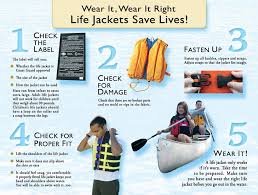
Figure No.5: How Foam Life Jackets saves your life
12. Does A Foam Life Jacket Float On Water?
Even though some of your items seem very simple (things like a paperclip or a button), they still sink in the water. But when making the Foam Life Jacket, the foam used on it and its density are very well maintained.
It is ensured that the density of foam remains less than the density of water. as anything with density less than water floats on its surface
Flotation devices such as the Foam Life Jacket, however, provide another example of how expanded polystyrene is used in a variety of unexpected applications. In this regard, it also “increases” the chances of safely enjoying the aquatic environment and water-based activities.
13. Why Should You Wear A Foam Life Jacket?
Everyone should wear a foam life jacket every time they are near, open, or in the water: when walking, swimming, fishing, and boating or any other water-related activity.
You may not have time to put on your life jacket if you run into water hazards, slip while fishing, or fall off your boat. Don’t take a chance!
14. What are the Types of Foam Life Jacket?
Have the right health jacket. There are three basic types of life jackets to choose from for your job and level of swimming skills. It is important to know about the types of jackets and when they should be used:
- Natural Buoyant (Mainly Foam): These low-quality life jackets are both comfortable and reliable and fit into wearable and durable fashions. They are designed for swimmers and non-swimmers and come in the size of Adult, Youth, Child, and Infant.
- Inflatable: Inflatable life jackets are simple and comfortable to wear. They are only available in wearable, adult sizes. This type of flotation should NOT be worn by the poor or swimmers.
- Hybrid (Foam and Inflation): These jackets are available in Adult, Youth, Child, and Infant sizes and wearable styles. It can be used for both swimmers and non-swimmers, and some are designed for water sports.
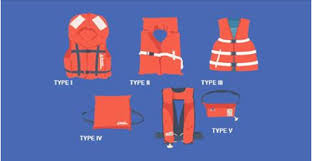
Figure No.6: Types of Foam Life Jackets
15. How Safe Is A Foam Life Jacket?
Foam Life jackets can save lives and are an important part of water safety. If you wear a life jacket while engaging in water activities, it will greatly increase your chances of survival because it is aimed at keeping your head above water and helping you to breathe.
During a boating accident, even the greatest swimmer is in danger of drowning in cold water where open debris or falling debris can strike anyone unconscious.
16. How Do You Check Foam Life Jacket?
- Look for obvious signs of damage and wear. Make sure all buckles and fastenings are in good working order.
- Following the instructions of the Foam Life Jacket, outline the inflation system and its tube. Fill the bladder using a mouth tube and leave overnight in a room with a constant temperature. If the bladder becomes depleted, immediately take the jacket and give it to an authorized agent for further testing. Do not try to fix the jacket yourself.
- Use a cap attached to the inflation tube by mouth to remove the bladder. Turn the cap and press down on the valve on top of the mouth tube. Do not insert other objects over the tube, as this may damage the valve. Roll or press the jacket to remove it completely.
- Remove the CO2 cylinder and check. The cylinder should meet without rust or rust. Measure the cylinder in the kitchen or grain scale, make sure the weight corresponds to the minimum weight recorded in the cylinder 2g.
- Replace the jacket according to Foam Life Jacket instructions. Ensure that hand-held currency fluctuations are accessible and unlikely to be caught during wear.
17. Who Has To Wear A Foam Life Jacket On A Boat?
Federal law requires that children under the age of 13 must wear their foam life jackets, except if they are in cabins or inside somewhere enclosed.
The laws of the state may vary from place to place. Check with your boating safety officials.
18. What Can You Do With Old Foam Life Jacket?
If you have an extra Foam Life Jacket that is in good condition and you no longer need it, you can donate it to the Sea Tow Foundation.
The purpose of Life Jacket Drive is to collect new and used life jackets from rowers who are no longer needed or outdated and use them to save lives; you can find hundreds of Life Jacket Loaner Stations across the country!
Life jackets collected in this foundation are very carefully tested using the checklist to see if they are in good condition to be donated and used by others.
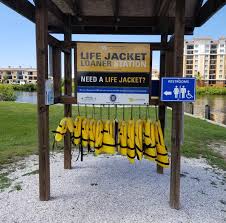
Figure No.7: Jacket Loaner Station at some site
19. Does Foam Life Jacket Help You Swim?
Examine your foam life jacket for the right fit. An improper life jacket will not work to keep you safe in the water. Put on your life jacket. Protect all zippers, splits, ties, and cords to make the life jacket fit snugly. Put yourself in the water up to your neck.
Raise your legs and tilt your head back into the water. Your mouth should not be in the water, and you should float without making an effort. If your life jacket is on, you need to tighten the straps and tighten it.
Kick your legs. Stretch your legs fully while keeping them underwater. Kick them up and down. Stretch your arms in the water. Slowly lower your arms to your sides and make a large half-circle movement. Repeat.
20. How Long Can A Person Float With Foam Life Jacket?
The CO2 shell is active with the pin, sometimes called a pill, is dissolved in water, and the vest inflates. The delay in disassembling the pin and the operation of the vest is the main reason why this type of jacket is not recommended for swimmers or children.
Inflated PFDs are not permitted for use by persons under the age of 16 or for persons weighing less than 36.3 kg. They are not allowed to be used on PWCs, and those with an automatic inflator that works as soon as the operator is on the water, will not be used on sailboards.
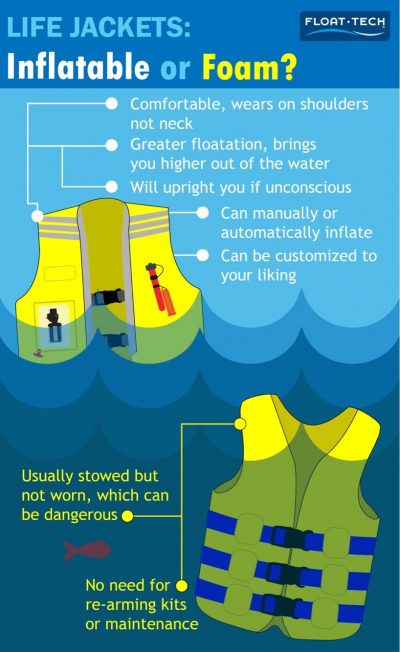
Figure No.8: Difference Between Inflated and Foam Life Jackets
21. Is Foam Life Jacket Denser Than Water?
The foam life jacket works the same way. The life jacket is packed with very light foam. If you have ever worn one, you know that a life jacket increases your volume but does not increase your weight much. This causes the person and the life jacket together to be less dense than water, so it floats.
22. How Old Can A Foam Life Jacket Be?
The peak life span of foam life jacket is ten years. This type of product is maintenance-free; however, it is recommended a visual inspection of the year.
Any material damage (e.g. tears, abrasions, fabric-cuts or weaving, discolouration, or bucket damage) that may affect the explosion (such as overheating, UV damage, improper storage or use) may result in a life-threatening reduction in product safety.
All such products should be removed from use/service. If in doubt, contact your dealer, certified service centre, or directly from the supplier.
23. How Do You Wash Foam Life Jacket?
Never use any harsh chemicals as the jacket is not designed to handle it at all. Always choose soap or a little cleaning soap. Use only cold water to wash your life jacket. Use a soft-bristle brush or a regular sponge.
Never try to wash your life jacket in the washing machine because the rotating movement of the washing machine can damage the foam of your life jacket. Check and follow the washing instructions listed on your jacket.
So all you will need to start cleaning your life jacket is a bucket, soap or small detergent, a sponge, a water pipe, and a soft brush.
24. How Often Should A Foam Life Jacket Be Serviced?
Manufacturers often recommend life jackets to be serviced every two years by professionals. However, when jackets are frequently used, annual or regular service may be required. When the test is completed, the life jacket is reassembled according to the manufacturer’s commands.
https://www.youtube.com/results?search_query=foam+life+jacket+service
25. What Is The Safest Use Of Foam Life Jacket?
The best answer: whenever you are in the water or around the water, not just using a boat. However, a foam life jacket should always be worn while boating or sailing, and especially when sailing in dangerous situations.
Dangerous situations affect any time you encounter: Remember, circumstances can change very quickly in the water, and Foam Life jackets take time to wear even if they are close by.
You will usually not have time to wear a life jacket in the event of an emergency. PFDs are also very difficult to install when they are in the water. A great way to prepare yourself is to wear your PFD or your jacket whenever you are in or around the water.
26. Is It Harder To Swim With A Foam Life Jacket?
Yes, you can swim in a life jacket because of the buoyancy; you have to swim to move in the water.
The life jacket is just a jacket that provides extra strength to stay afloat in the water, which is very helpful for those who are not swimmers and beginners. But wearing a jacket over your chest does not make you feel anything (if you have the right size).
27. How Much Weight Can A Foam Life Jacket Hold?
Foam Life jackets are weighed according to the extra weight they can support. Adult jackets offer at least buoyancies ranging from 15.5 pounds to 22 kilograms (7 kilograms to 10 kilograms).
Since the average person in the water requires about 20 to 20 pounds [7 to 12 kg] to float, a health jacket does not have to support the entire body weight. Instead, it supports those seven to 12 pounds, with just a few pounds you can save.
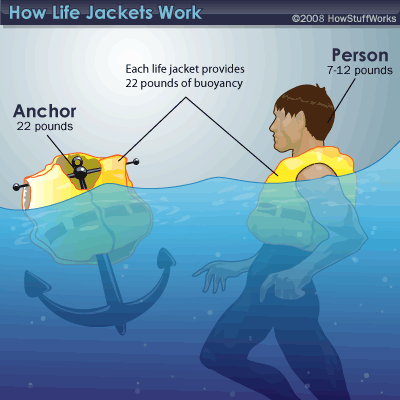
Figure No.9: How Foam Life Jacket Holds Weight
28. How to Choose a Foam Life Jacket for Kayaking?
When choosing a foam kayaking life jacket, there are several construction features you may want to look for. The first is the large arms holes that do not restrict your range of motion.
By having a life jacket with big arms holes, you will have high rowing movements. Some of the kayak life supplies will have a back-to-back mesh downstairs.
This allows the flotation to sit on top of the chair and provide the comfort of your day in the water.
One of the most important features of any foam life jacket is that it fits snugly. Start from the bottom when you tie your straps. Work your way up and keep trying your straps. It should be beautiful and strong.
When all the straps are tight, take your thumbs up and try to pull the lid of life on your shoulder. When it goes, it’s very relaxed. If it doesn’t move, you’re ready to go.
You may also want to choose a life vest with extra storage. Zippered pockets and mesh pockets can help keep important tools such as signal mirrors, whistles signing and snacks.


